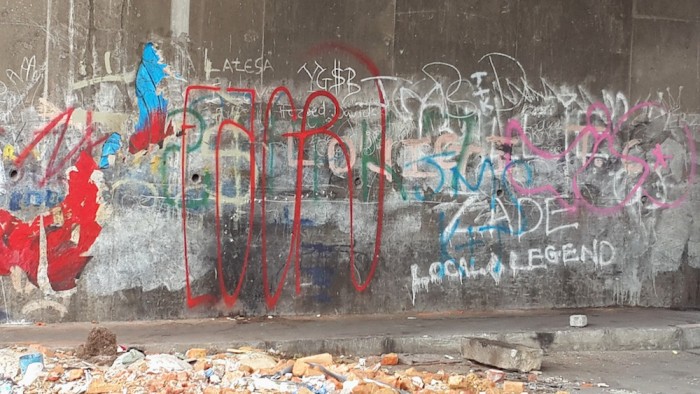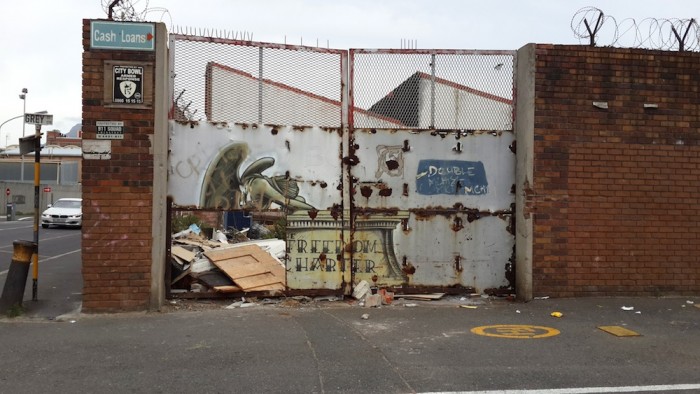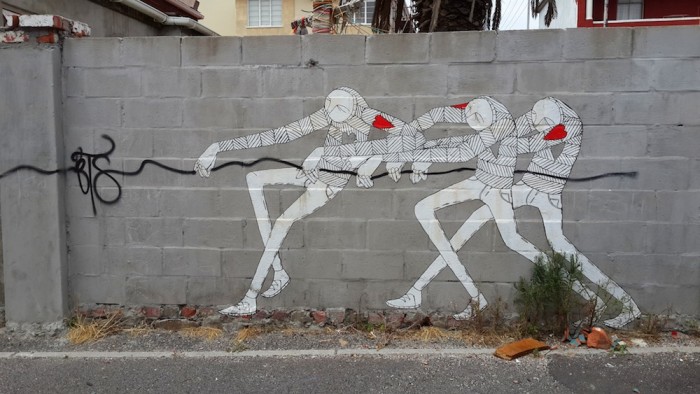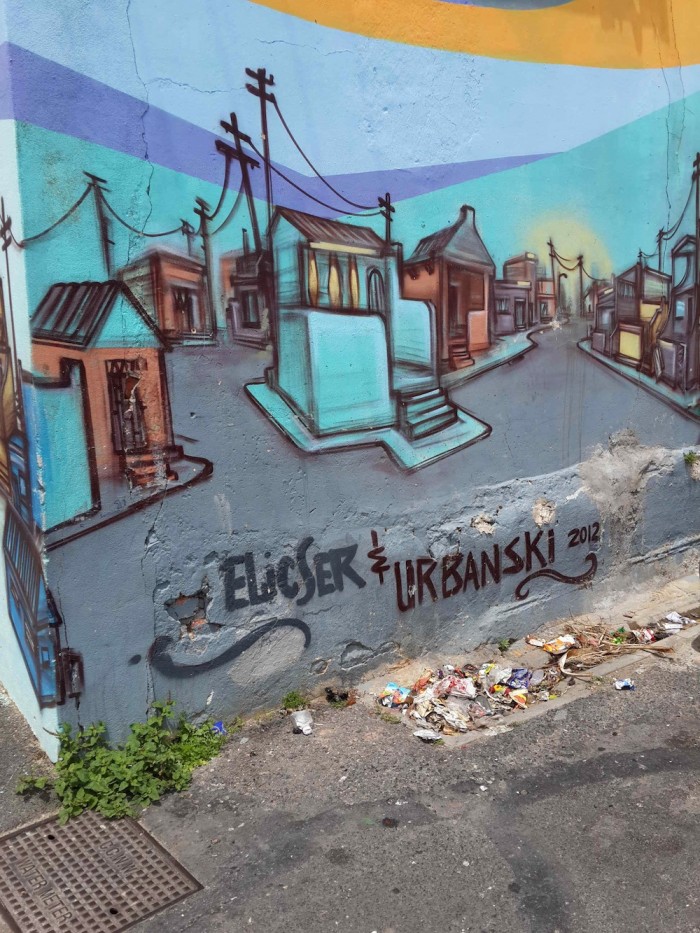Part of the Project
Cape Town has been a magnet for street and graffiti artists stretching back to the days of the Apartheid Struggle. Then it provided an outlet against the backdrop of the country’s censorship laws, offering an anonymous and highly visible canvas to vent against the system. But graffiti is now officially illegal in Cape Town under the city's 2010 Graffiti By-Law. Artists caught painting can face fines of up to R15 000, unless they have achieved the cumbersome feat of getting a permit.
This is in complete contrast to the laws that originally enabled graffiti to achieve popular recognition in the city. We now see a slump in public art in Cape Town and a great rise of it in Johannesburg.
There are some historic and current gems dotted around the city, much of it on the gentrifying streets of Woodstock, much of it crumbling and fading away. A recent tour of Cape Town’s street art, arranged by the Cape Town Partnership, raised funds for #ANOTHERLIGHTUP, the crowdfunding art project by Design Indaba Trust, design studio Thingking and artist Faith47, that is erecting streetlights in a high-crime area in Khayelitsha's Monwabisi Park.
The tour revealed the stories – both real and imaginary – that have shaped the struggles, movement and dreams of the people who have lived there. The colours, styles and subject matter speak of the passage of time. We share them here with you.






























